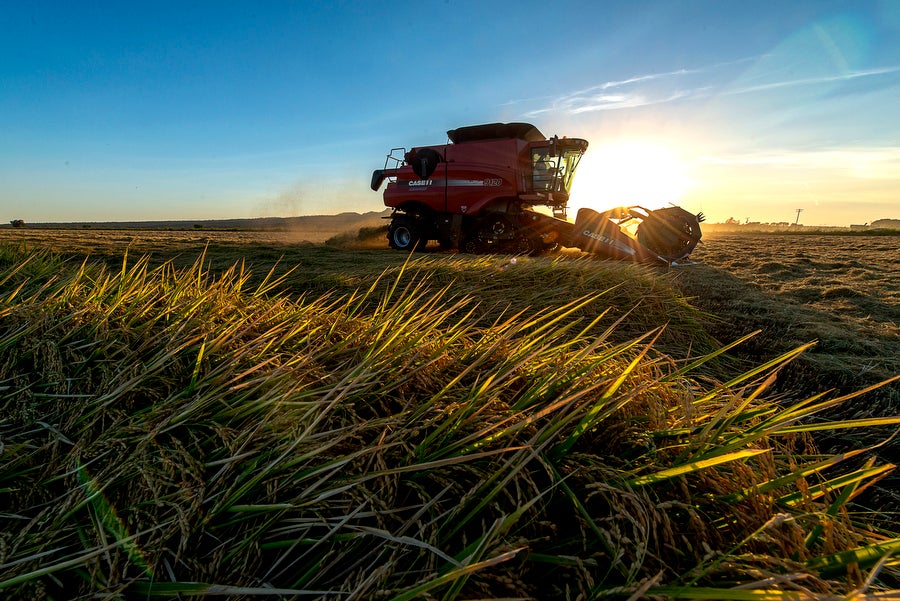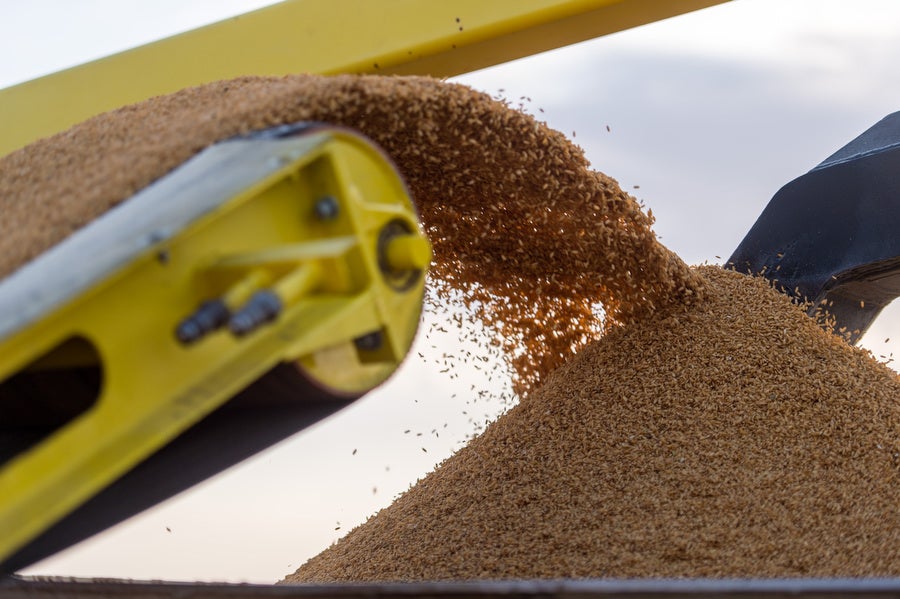The door is officially open for crop-based farmers to participate in carbon markets and earn new sources of revenue. The California Air Resources Board (ARB) just approved a new protocol for rice growers, representing the first ever carbon offset protocol for crop-base agriculture in a compliance market.
This means rice growers who implement conservation practices to reduce methane emissions can create and sell a greenhouse gas credit, commonly referred to as a “carbon credit.” Regulated California companies needing to reduce their emissions under California’s cap-and-trade program can now buy rice growers’ carbon credits.
The rice protocol milestone marks a new chapter for sustainable farming and shows the central role agriculture can play in solving the climate challenge.
ARB can now move forward in developing other agricultural offset protocols. The most interesting is a nutrient management protocol that would reward farmers who reduce nitrogen fertilizer losses to the air.
This “fertilizer protocol” has enormous potential for farmers and the environment – more than 400 million acres of cropland could be eligible for participation, and growers could contribute millions of tons of greenhouse gas reductions.
Here’s how the rice protocol works.
How to generate a credit
Rice growers in the Sacramento Valley of California and the Mississippi River Valley (in Missouri, Arkansas, Mississippi and Louisiana) can implement one or more of three management practices on their land – dry seeding, early drainage or alternate wetting and drying – to reduce the amount of methane generated by rice growing and cultivation.
With help from advisors and agronomists, growers can quantify the amount of emissions that they are avoiding. The more acreage a grower manages, the greater the potential to generate offsets.
The credit generated represents the reduction in emissions compared to what would have normally been produced during the same year, without any on-farm changes. While it’s mandatory for many California companies to reduce emissions, participation by growers is always voluntary.
Other benefits
Rice farmers who implement these conservation practices during the growing season will also improve wildlife habitat, and they’ll make their farms more resilient to severe weather such as droughts. Growers in the Mid-South have been able to reduce water use by as much as 30 percent. Early drainage in California has been shown to improve giant garter snake habitat, a threatened species.
Data tracking
Interested rice growers can collect historical data on their farms, then submit information collected during a growing season to quantify emissions reductions.
There’s a lot of support available to help farmers navigate these protocols, too – the California Rice Commission, the Natural Resources Conservation Service, and the Coalition on Agricultural Greenhouse Gases.
Bringing the pilot project to scale
California’s cap-and-trade program allows companies to use more than 200 million metric tons of carbon offsets through 2020. As of September 2014, only 12 million tons of offsets were issued. With the rice protocol now online, agriculture is helping to meet the high demand for offsets.
But making the fertilizer protocol a reality will bring agriculture’s contribution to scale, by offering millions of tons of additional offsets.











